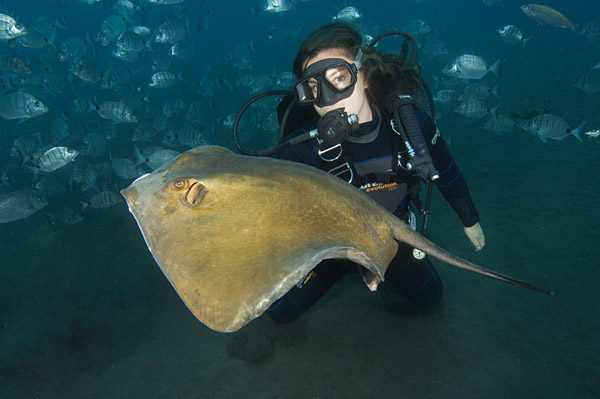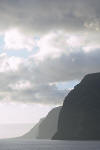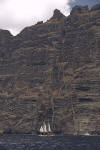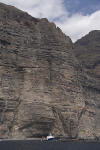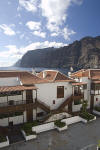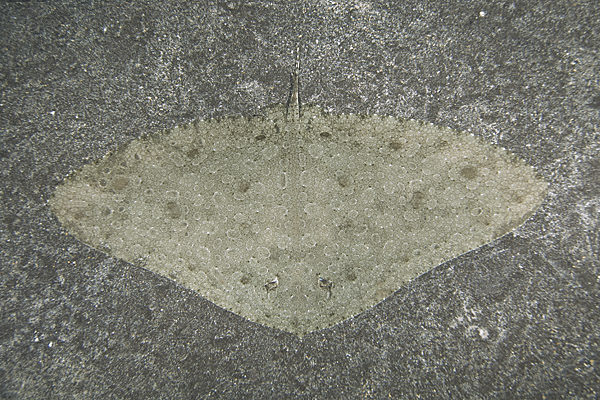|
|
|
SHARK INFO |
|
SHARK |
|
SHARK EVOLUTION |
|
|
|
SHARK DIVING |
|
SHARK DIVING 101 |
|
|
|
CONSERVATION |
|
|
|
PHOTOGRAPHY |
|
SHARK PHOTO TIPS |
|
|
|
RESOURCES |
|
|
|
WEB STUFF |
|
WHAT IS ELASMODIVER? Not just a huge collection of Shark Pictures: Elasmodiver.com contains images of sharks, skates, rays, and a few chimaera's from around the world. Elasmodiver began as a simple web based shark field guide to help divers find the best places to encounter the different species of sharks and rays that live in shallow water but it has slowly evolved into a much larger project containing information on all aspects of shark diving and shark photography. There are now more than 10,000 shark pictures and sections on shark evolution, biology, and conservation. There is a large library of reviewed shark books, a constantly updated shark taxonomy page, a monster list of shark links, and deeper in the site there are numerous articles and stories about shark encounters. Elasmodiver is now so difficult to check for updates, that new information and pictures are listed on an Elasmodiver Updates Page that can be accessed here:
|
|
_ |
|
Winged Wonders of the Canary Islands First published in X-ray Magazine Issue 35, March 2010
Los Gigantes is a small fishing community on the west side of Tenerife in
the Canary Islands. It is named for the enormous cliffs that dominate the
shoreline to the north of the village but the name is equally appropriate
for the gigantic rays that frequent the area. Twenty
meters below the surface, the looming walls of volcanic rock terminate among
boulders the size of holiday condos. Deeper still, the coral encrusted
blocks give way to a featureless, lunar landscape of sparkling, slate gray
sand. At first
sight, the aquatic desert appears to be devoid of life but appearances can
be deceiving. Under thin veils of sand, scores of subtly camouflaged rays
and cryptically colored angel sharks lay dormant, waiting for divers to
arrive with their tasty treats. Rays started
congregating here in 1996, when the Owner of Los Gigantes Dive Centre had
the bright idea of starting an organized stingray feed to attract more
divers to the area. The rays responded with as much enthusiasm as the paying
guests and before long enough animals had overcome their natural fear of
bubble blowers for the feed to be pitched as a �guaranteed encounter�. Unlike the
ray experience at Stingray City in the Cayman Islands, the feed at Los
Gigantes attracts many different species of rays including a few gargantuan
roughtail stingrays that probably weigh upwards of 300lbs. The most abundant
species in attendance are usually common and round stingrays both of which
can be seen circling the anchor chain as soon as the dive boat arrives.
Other regular participants are common eagle rays that soar back and forth
scooping up fish scraps as they drift away from the chum barrel.
The feed
itself is a seemingly haphazard affair. The feeder carries a large barrel
filled with carcasses that have been donated by local seafood restaurants.
Upon touchdown at 25m, he is immediately mobbed by ill-behaved rays of all
shapes and sizes that employ a variety of methods to get at the scraps. Some of the
smaller rays try to work their entire bodies into the bait barrel while
their larger cousins use their bulk in an attempt to separate the barrel
completely from the feeder�s grasp. The ensuing battle of wits is an
entertaining spectacle that can last for a good ten minutes or more. Once
the rays settle down, the feeder offers a handful of fish to any divers that
want to play �one on one� with the rays at which point the encounter
fragments into a series of smaller tussles. At the end
of the dive, any scraps that are left in the barrel are unceremoniously
dumped in a heap on the sand. The rays which are obviously used to this
eventuality, immediately bombard the pile of succulent fish carcasses from
all directions until every last morsel has been consumed. Once the
feed degenerates into a free-for-all, the visibility generally plummets as
well. Course grains of sand explode skyward covering rays, divers and
cameras alike. Consequently, photographers wishing to capture good shots of
the action should plan to get the majority of their images early on in the
dive. As chaotic
as this encounter sounds, no one has ever been stung by a ray at Los
Gigantes. However, there are also many marbled torpedo rays that frequent
the area and quite a few people have been shocked by dropping onto the sand
directly over an angry, buried torpedo. Although torpedo rays can emit a
painful electrical punch, the jolts have no lasting physical effect. If they
have the chance they will also warn divers by lifting off the sand and
arching their backs. If you see this odd behavior, try to quickly back away. Rays may
abound at Los Gigantes but shark encounters are few and far between.
Although there are not many reef sharks, the area is home to a healthy
population of common angel sharks that occasionally venture into the fray.
Between organized feeds they can sometimes be found lurking under the sand
in the immediate vicinity. Angel sharks
are flattened ambush predators that lay motionless on the substrate waiting
for small fishes to swim close to their mouths. Once a suitable victim
strays within striking distance, they explode from the seafloor faster than
the hapless fish can register, then meld back into the sand again until
another meal passes by. Sadly,
common angel sharks (Squatina squatina) are now anything but common.
Their range once extended along the continental shelves of Europe and North
Africa all the way from Norway to Mauritania including the Mediterranean and
Black Seas. Although
there has never been a large targeted fishery for common angel sharks, their
sedate, bottom dwelling nature leaves them extremely vulnerable to
accidental capture in bottom trawl fisheries. Except for the healthy
population around the Canaries, common angel sharks are now rarely
encountered. In fact, they are considered to be locally extinct in much of
the North Sea. Other random
elasmobranchs that occasionally stop by include large bull rays and (very
rarely) a distantly passing hammerhead or two. Perhaps the
most beautiful visitors are the spiny butterfly rays which take on the
appearance of flying Persian carpets when they alight from their sandy
hiding places and glide miraculously over the seafloor. Following a graceful
butterfly ray as it wafts along slowly undulating its exquisitely patterned
pectoral fins is an experience not soon forgotten.
Although the
demand is great, the dive centre purposely limits the feeds to one per week
in order to stop the animals becoming reliant on scraps. Fortunately the
area has a lot more to offer divers. Octos, morays and a myriad of fishes
inhabit every nook and cranny but the rays of Los Gigantes remain the star
attraction.
Author:
Andy Murch
Andy is a Photojournalist and outspoken conservationist specializing in
images of sharks and rays. RETURN TO SHARK STORIES MAIN PAGE |

